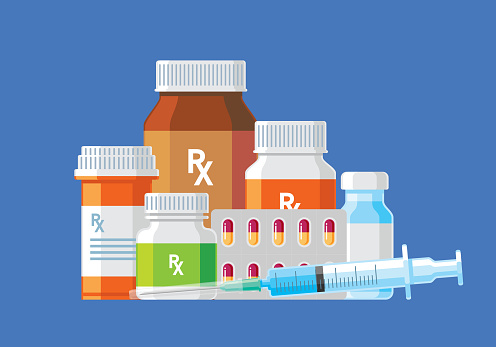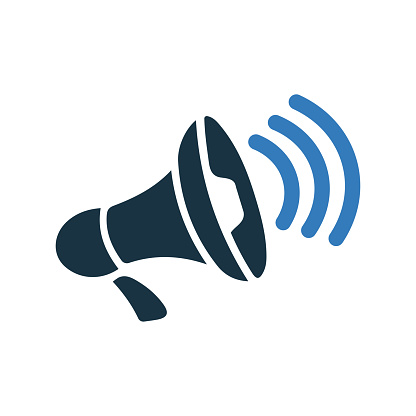A few weeks ago, I went to the pharmacy to pick up a prescription that I’ve filled for months before. My insurance had changed recently so I had to fill the prescription under the new insurance. After the pharmacist got off the phone with this new insurance company, he advised me that there was an issue with the insurance and I needed to call them. When I contacted them, they informed me that they couldn’t authorize the prescription my primary care physician prescribed until my doctor could prove that I had tried other medications. I was shocked, in my mind why would an insurance company determine what medication I should be taking? Isn’t that the job of the doctor?
Even as an insurance agent, this took me by surprise and I had to do a bit of research on my own to understand why this was happening.
In the US, non-medical switching is a practice that insurance companies use. The way it works is, the insurance company will ask you to try a similar medication, most often the generic version of your current medication or a cheaper alternative first before authorizing the one your doctor may prescribe. In most cases, this may not be a big deal since you’re ultimately taking the same medication. It would be like taking Acetaminophen instead of its slightly more expensive brand medication Excedrin. Both are pain medications to manage severe migraines but one is generic and one is a brand.
However, in other instances, because this insurance company was new to me, they did not have my full medical history. Therefore, they did not know I had already tried generic medications before my doctor and I found the one that actually worked. If this has ever happened to you, here are a few actions you can take to get the decision reversed:
Speak to your doctor ASAP!
Contact your doctor and explain what is going on with your prescription. My primary care physician had to fill out some paperwork explaining that I had already tried other medications and share my medical records so I could fill my prescription. Had I not done that, I would have had to accept the generic prescription and it may not have worked as well as the one I had already been taking for months. If you have not tried other medications and your doctor feels confident that the generic version of the original prescription will work, you can give that one a try.
Bottom line: Always contact your doctor since they know your medical history.
After you speak to your doctor
After your doctor submits the relevant paperwork, you must follow up with your insurance company to ensure they have everything they need to approve the correct medication. You may have to resubmit your prescription to your pharmacy once approval is given. It may seem like a lot of work but it’s important to advocate for yourself. You and your doctor have worked together to find the correct medication and know what works and what doesn’t work.
While you’re waiting
Sometimes, authorizations can take from 7 to 30 days depending on how fast your doctor can fill out and send paperwork, how fast the insurance company is able to process your claim, and how fast you can get the prescription resubmitted. Don’t panic! Many times, your doctor’s office can give you samples that they keep on stock until you’re able to fill a prescription.
Filling your prescriptions
So you’ve done your due diligence, followed up with all the parties involved, waited patiently and now you are ready to fill your prescription. However, the work is not done yet. Depending on your insurance plan, your prescription may be covered with higher deductibles or copays if they are a brand prescription vs a generic prescription medication. Here are a few ways to manage the unexpected cost of prescriptions:
- Search for coupons: Many times, the manufacturer that made the medication offers coupons to help you offset the medication cost. This is especially true of newer prescription drugs. With a simple google search, you can save yourself hundreds of dollars.
- RX discount cards: Whenever you’re at the pharmacy, you might have seen random cards on the counter. These are usually free prescription discount cards. They usually offer between 15-60% discounts on certain medications. Some examples of this are GoodRX, Singlecare, and WellRX.
- Note: Discount prescription cards are not insurance plans, but instead are discount programs designed to help decrease your out of pocket expenses.
Ultimately, we always recommend advocating for yourself and following your doctor’s advice before agreeing to switching medications. Doctors are trained professionals and have extensive knowledge of how medications interact with others and they also know you and your medical history.





Hello
> Therefore, they did not know I had already tried generic medications before my doctor and I found the one that actually worked.
This is a REALLY IMPORTANT eye-opener!
You are saying that the brand medicine worked but the generic did not?!?!
Could you perhaps disclose the generic’s maker?
Thank you,
—
Theo.-
Hello Theodore,
Thanks for your comment. Due to privacy laws (HIPAA) we’re not able to disclose any information regarding medications as we are not physicians or medical providers. If you have questions about your medication, I’d recommend consulting a primary care physician
Have a nice day!